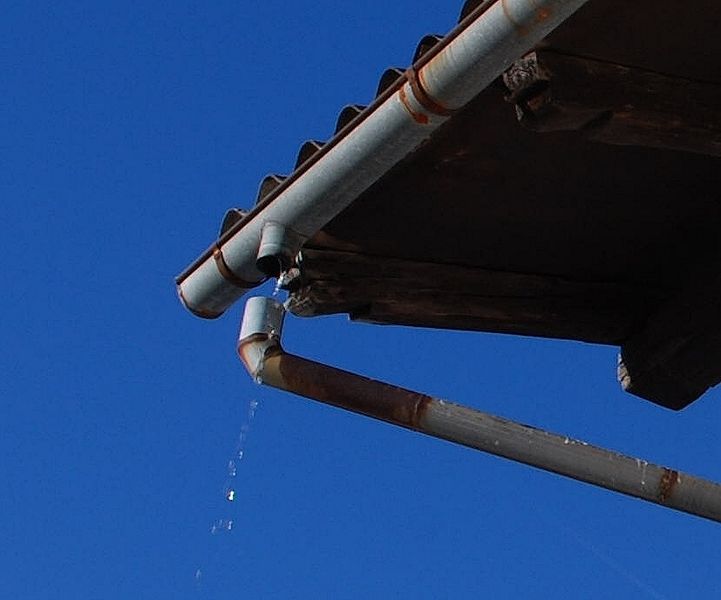
Traversing the Realm of Rain Gutters: Optimal Timing and Techniques for Replacement
Rain gutters, frequently underestimated yet indispensable elements of a residence, play a pivotal role in safeguarding the structure from water damage. Over the course of time, the inherent wear and tear on these defenders of our homes become noticeable. This guide seeks to explore a fundamental query: when should the thought of replacing rain gutters enter your considerations, and what aspects deserve careful pondering?
Rainy Dilemma: Installing Rain Gutters in Wet Weather
One common query that arises is whether it’s feasible to install rain gutters in the rain. The answer is a nuanced one. While it’s technically possible, it’s not advisable. Rain gutter installation during wet weather presents challenges, including compromised adhesion and potential safety concerns. Optimal conditions for installation involve dry weather, allowing for proper sealing and securing of the gutters.
Moving from the timing of installation to potential costs requires weighing various factors. For homeowners contemplating this vital upgrade, having a comprehensive understanding of the financial aspects of rain gutter installation is imperative.
Evaluating Expenses: Grasping Rain Gutter Installation Costs
The expenses associated with rain gutter installation are subject to variation, dependent on multiple factors. Elements such as the chosen materials, the size of the residence, and the intricacies of the installation process collectively influence the overall cost. Seamless aluminum gutters, known for their durability and minimal upkeep, come with a distinct price tag compared to options like vinyl or steel.
Investing in professional installation services ensures not only the correct placement and alignment of gutters but also the expertise to navigate potential challenges, such as ensuring proper slope for drainage. While the upfront costs might seem significant, the long-term benefits, including preventing water damage to your home’s foundation and landscaping, far outweigh the initial investment.
Cautionary Notes: The Risks of DIY Rain Gutter Installation
While the prospect of a DIY rain gutter installation may seem enticing, it comes with considerable risks. A common mistake is underestimating the precision required for correct placement and alignment. Improperly installed gutters can lead to water pooling, damage to siding, and even compromise the structural integrity of your home.
Additionally, attempting do-it-yourself installations without the appropriate equipment and safety precautions can lead to accidents and injuries. It is crucial to acknowledge the limitations and intricacies of rain gutter installation, opting for professional services to guarantee a smooth and secure fit.
Guiding the choice to replace rain gutters requires a careful assessment of timing, expenses, and the possible challenges of do-it-yourself endeavors. By comprehending these facets, homeowners can make knowledgeable decisions that not only safeguard their investment but also enhance the durability and robustness of their homes.
As you contemplate the condition of your rain gutters, remember that their proper functioning is a safeguard against potential water damage. Investing in professional installation, understanding the associated costs, and avoiding the pitfalls of DIY can go a long way in ensuring your home remains well-protected from the perils of rain and moisture.


